Getting Back to ‘Normal’
With masks off, political leaders are urging people to get out there and spend money.
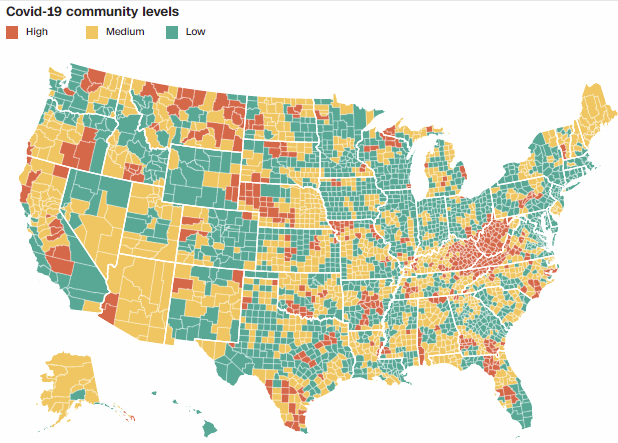
Just a few days into a changed set of CDC protocols recommending that 90 percent of Americans no longer need to wear masks to protect against COVID-19 infection, our society is still coming to terms with the idea of returning to a pre-pandemic “normal” and what that might look like.
Politicians who had once been at the forefront of urging vaccination and masking to promote the public health have suddenly veered to the need to get the economy going again. President Biden emphasized this in his State of the Union address last week:
Last year, Covid-19 kept us apart. This year, we are finally together again.
[…]
For more than two years, Covid has impacted every decision in our lives and the life of this nation.
And I know you’re tired, frustrated and exhausted. That doesn’t even count the close to a million people who sit at a dining room table or a kitchen table looking at an empty chair because they lost somebody.
But I also know this.
Because of the progress we’ve made, because of your resilience and the tools that we have been provided by this Congress, tonight I can say we are moving forward safely, back to more normal routines.
[…]
We can end the shutdown of schools and businesses. We have the tools we need.
It’s time for America to get back to work and fill our great downtowns again with people. People working from home can feel safe and begin to return to their offices.
We’re doing that here in the federal government. The vast majority of federal workers will once again work in person.
Our schools are open. Let’s keep it that way. Our kids need to be in school.
NYC mayor Eric Adams has been even more adamant:
For the past several weeks, mayor Eric Adams has been exhorting businesses to get their employees back in the office, first making an appeal to conscience and then to cultural personality. Without a steady flow of commercial traffic, delis, restaurants, dry cleaners and all the remaining places that mix poke bowls while you wait on line will disappear, he has argued, endangering the livelihoods of hourly wage workers.
When that wasn’t quite working, he tried a new approach, in a recent speech in the Brooklyn Navy Yard, sounding like a fed-up parent unable to rouse a lazy teenager from under his comforter. The mayor wanted all New Yorkers who have continued to confront the world largely by way of screens and homemade lunch eaten at a kitchen table to know that they needed to be “out” and “cross-pollinating.” It was no longer an option to “stay home in your pajamas all day,” as he put it, because, “that’s not who we are as a city.”
Being a service economy, as the United States has been for more than half a century, depends very much on such cross-pollination. People working from home aren’t buying new suits, stopping off for a morning coffee, eating lunches in restaurants, dropping off their dry cleaning, and otherwise putting money into the local economy to anywhere near the degree they would if they were at the office. While that’s likely a boon at an individual level—all of those things are things financial advisors say we should cut out to devote more to saving—it’s bad news for entrepreneurs and would-be workers in those venues.
For a variety of reasons, not everyone is ready to get back to “normal.” Most obviously, there are immunocompromised and otherwise more vulnerable populations for whom the pandemic doesn’t feel over. A CNN analysis shows only 7% of Americans live in counties with High levels but notes that the danger is not yet over:
“Rates of cases are not at a very low rate, but they are low enough and hospital capacity is good enough that it’s appropriate to roll back many of the restrictions. Looking right now at these figures, for spring and summer, there’s a lot of hope,” said Amber D’Souza, an epidemiologist with Johns Hopkins University. “This would not have looked this good two or three months ago in the middle of the surge.”
[…]
Deaths from Covid-19 have dropped 11% from last week, but the US is still averaging 1,554 new deaths each day, according to Johns Hopkins University. It’s much worse than a disease like the flu, the experts said.
“There are many people dying every day from coronavirus. It remains a very serious infectious disease. But we have made tremendous progress,” D’Souza said.
Even aside from risk tolerance, though, a lot of people have spent two years adjusting to a very different normal and are in no hurry to return to the old ways.
I gather from the commenters here that some actually enjoy wearing a mask, whether because it’s convenient not to have to fuss about their appearance or for the protection it provides from the common cold. And, rather clearly, the politicization of the virus by former President Trump and his ilk has made masking a badge of honor for some on the left: a visible symbol that they’re not one of them.
More importantly, though, a whole lot of workers have adjusted to a considerably more flexible work schedule and are in no hurry to go back to the old 9 to 5. Especially since schools have somehow not adjusted to the decades-long trend away from stay-at-home moms, it’s incredibly convenient to be able to flex around bus schedules and the like. And, certainly, not needing to wear a coat and tie to the office or endure rush hour traffic has its appeal.
One would imagine, too, that a lot of business owners and managers, having learned that employees can be just as efficient if not more so working remotely are happy to shed the need to maintain expensive commercial real estate to house their enterprises. And to foist off the cost of information technology to their employees.
With the exception of a masking requirement (which finally ended Thursday) my work has been impacted less than most by COVID, so a return “normal” is really a matter of taking off the mask. We went to remote instruction in mid-March 2020 and finished out the academic year that way. But we went back to essentially full-on in-person instruction that August and never looked back. Before vaccinations, those who themselves or had a household member in a high-risk category were allowed to stay remote but we’ve been essentially a fully-vaccinated workforce for almost a year now. We were even maskless for a few weeks starting May 13 before the requirement was reimposed July 28. So, for me, the only real change is once again being maskless.
Even in my non-work life, the main impact of the pandemic was the eerie few weeks from late February to late May of 2020 when non-essential businesses were closed. Once the phased reopening went into effect, we gradually returned to something pretty much like normal. Offhand, the only activity we used to engage in with some frequency that we haven’t resumed is watching movies in theaters rather than streaming them at home.
The Northern Virginia suburbs where I live is pretty blue and people were reasonably compliant with masking guidelines and are vaccinated at a higher rate than the country as a whole. Still, considerably fewer people were masking a month ago than a month before that. Oddly, the new CDC guidelines don’t seem to have changed much: I’d guess 60 percent of those at the local grocery stores are still masking.

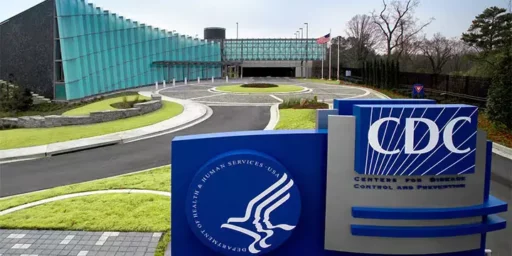
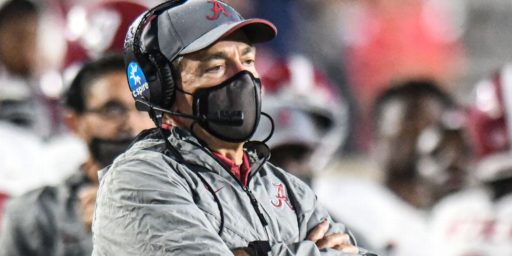
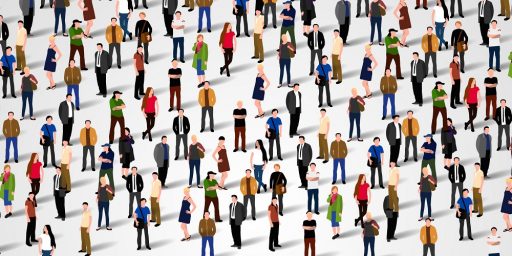
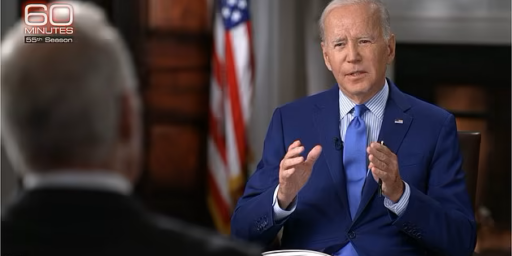
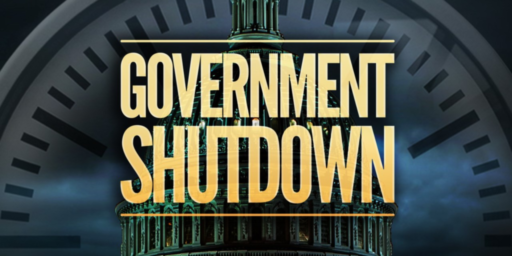
My guess is that commercial real estate is going to have negative long-term consequences from this pandemic, and along with it the fashion industry. It still seems absurd to see Macy’s advertise themselves as the “fragrance destination” – the last thing in the world I want to do is smell a stranger. I don’t see that ending soon.
Over the long term, I think the pandemic will represent a great reset – a time when we re-think everything in our lives with some distance and rationality.
While that may be terrible for certain corners of the economy, I think it’s beneficial to society as a whole
@Tony W:
“My guess is that commercial real estate is going to have negative long-term consequences from this pandemic”
No question from where I sit. I had a COVID-related job change from negotiating leases at malls to strip centers, and it looks like the pandemic is accelerating the already present trends away from malls.
On the other hand, we have more work than we can handle, as there is lots of growth in small retail, especially exercise boutiques and restaurants.
I’ve mentioned before that my family is in the construction business and my brother currently runs the company. He has long specialized in commercial office build-out/remodeling. He almost went out of business during the pandemic but things started to pick up last summer and now he can’t keep up with demand. And supply chains are still a problem – the commercial building code requires commercial-grade motion sensing light switches (that everyone hates), but they are all made in China and have been very difficult to get.
I don’t think they’ve been sitting on the money either. At least in my circle, people are spending on home improvement. The spike and crash of companies like Peloton has also been interesting to see.
Anyway, it is all anecdotal, and I’m not sure how this is going to shake out. For me personally, my job has been 100% remote for 5 years, so nothing much has changed for me.
BTW, has anyone else noticed Eric Adams weird habit of referring to the people of New York City as “my workers” like he’s the boss everyone now? Which I guess it’s no big surprise that a retired cop has huge control issues.
Eric Adams can go F his pig self is my point, I guess.
My work dropped the mask requirement this week, and it’s been interesting to see the split between the people who immediately stopped and the ones who are for now, still wearing them (and in particularly the large intersection between the people who stopped wearing the masks and the ones who all got bogus “religious” exemptions to not get the vaccine).
I’m still wearing mine for now. If things are still going down in a few weeks, I’ll reconsider then, but for now I’m kinda expecting there’s going to be another April/May surge that everyone will say nobody could have predicted.
What I don’t understand is the people wearing masks wrong, usually underneath their noses. It was annoying before, but now? Why are you deliberately doing something badly you don’t need to do at all? It’s the worst of all worlds.
@Kevin:
So they can pretend they’re brave resistance warriors. If they don’t wear the mask at all, they’re just somebody not wearing a mask. By wearing it wrongly, they can emphasize their anti-social tendencies.
@Stormy Dragon:
Although there’s a contingent that enjoys being obnoxious, I don’t think that’s true in all cases. Some people seem to have trouble breathing through the masks, particularly the elderly.
@Andy:..commercial-grade motion sensing light switches (that everyone hates),..
AAARRRGGGHHH! Those damn things should be BANNED in public rest rooms. Some use timers and they are worse. Can’t tell you how many times that I have been almost ready to get up off the throne and the lights go out! Of course ain’t no motion to be made that turns the light back on. And IF there is a switch (not likely) it’s just out of reach. I have a small flashlight I carry in my pocket for these occasions.
I’ll spend money when companies making record profits, raising CEO pay, and doing stock buybacks decide to stop price gouging and blaming inflation.
Starbucks, one of the worst offenders, will not be getting a dime.
@Stormy Dragon:
That’s my guess, too. But I could be wrong. In my area, we’re currently at ~200 new cases a week, which is lower than the ~50/week we were at after the Delta spike because Omicron something something.
@CSK: “Some people seem to have trouble breathing through the masks, particularly the elderly.”
Sixty-nine years old. Have both COPD and asthma and am currently experiencing the shortness of breath that keeps me taking more medications more often. The break in symptoms that I usually get that allows me to let up on my meds either isn’t coming or hasn’t come yet (but is running out of time to come, tree season starts soon). The previous are my credentials for making the following statement:
Some people are complaining about having trouble breathing because of masks. My tendency is to not believe them. I am sure that there are people whose breathing might be so congested and difficult that wearing a mask creates too much resistance (but still remain mostly skeptical–I’ve been doing shortness of breath for almost 70 years now), but such people are taking an unwarranted risk being anyplace where masking is necessary in the first place and shouldn’t be out. My guess is that most people complaining about difficulties breathing with a mask on are being snowflakes because we have permitted them to get away with it.
(This concludes today rant.)
@Just nutha ignint cracker:
I pretty much agree with you. There’s an old guy who works in my local grocery store who always–even at the height of the pandemic–wore his mask pulled down below his nose. I felt sorry for him. He clearly needed the work; I don’t think he was taking a political stance.
The Tech sector is beginning to go back into the offices, with Apple, Google and I believe Amazon setting dates in April. I think the current large turnover of engineers will continue, as those who really don’t want to commute and share space with their coworkers switch companies to places with more flexible if not remote working conditions.
Or I could just be projecting. I know I’ve found a bad job more tolerable since I can just turn my coworkers off.
@Gustopher:
This is a minority opinion, but I think the shift to more WFH is going to end up being a net negative for workers, as it further erodes the distinction between work and non-work time as well as providing a justification for all sorts of employer interference in employees private lives.